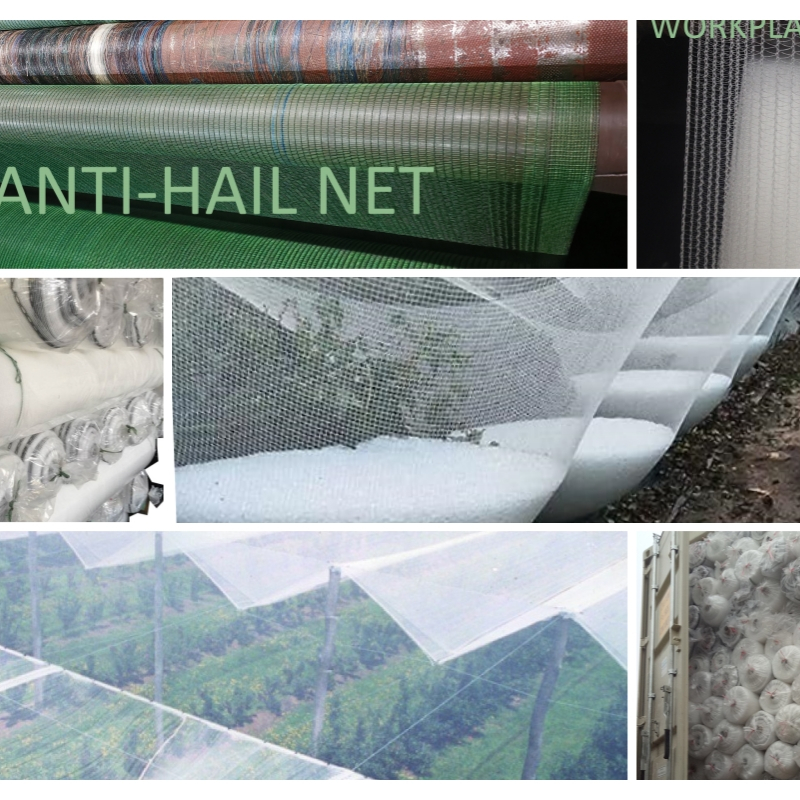In recent years, the agricultural industry has faced numerous challenges due to extreme weather events, including hailstorms. These natural phenomena can cause significant damage to crops, leading to substantial financial losses for farmers. However, a solution has been gaining popularity globally: anti-hail nets. This article explores the benefits of using these protective nets in agriculture and their growing market demand.

1. Understanding Anti-Hail Nets:
- Definition: Anti-hail nets are high-density polyethylene (HDPE) mesh nets designed to protect crops from hail damage.
- Mechanism: These nets work by dissipating the kinetic energy of hailstones, reducing their impact on the crops below.
- Material and Variations: HDPE mesh comes in various sizes and strengths, enabling farmers to choose the most suitable netting for their specific needs.
2. Application and Installation:
- Usage in Agriculture: Anti-hail nets are predominantly used in hail-prone regions such as Spain, Italy, France, Greece, and India. They are suspended over crops using supporting structures like utility poles or wires.
- Improved Crop Protection: When installed correctly, these nets act as a barrier, dispersing hailstones and minimizing crop damage during hailstorms.
3. Market Growth and Global Demand:
- Growth in Hail-Prone Regions: The demand for anti-hail nets has been steadily increasing in hail-prone areas, where agriculture plays a vital role in the economy.
- Emerging Markets: Countries like the United States, Australia, and Canada have also witnessed a surge in demand as farmers recognize the need to protect their crops from extreme weather events.
4. Benefits and Advantages for Farmers:
- Risk Mitigation: Anti-hail nets provide farmers with a proactive approach to protecting their crops from hail, reducing the risk of financial losses.
- Crop Quality and Yield: By minimizing hail damage, these nets can help maintain the quality and yield of agricultural produce, leading to better market prices.
- Versatility: Anti-hail nets can also offer protection against other weather events, such as heavy rainfall or bird damage, enhancing their overall value for farmers.
Conclusion:
As climate change continues to impact weather patterns, the use of anti-hail nets in agriculture has become an essential tool for farmers worldwide. The growing market demand reflects the industry's recognition of the benefits these nets provide in protecting crops from hail and other weather-related risks. Going forward, it is crucial for farmers to stay informed about innovative solutions like anti-hail nets to ensure the long-term sustainability of their agricultural practices.
Please note that this outline is intended to provide structure and guidance for your writing. You should expand on each section with detailed information and include additional sources to make the article more credible and comprehensive.


 英语
英语 西班牙语
西班牙语













